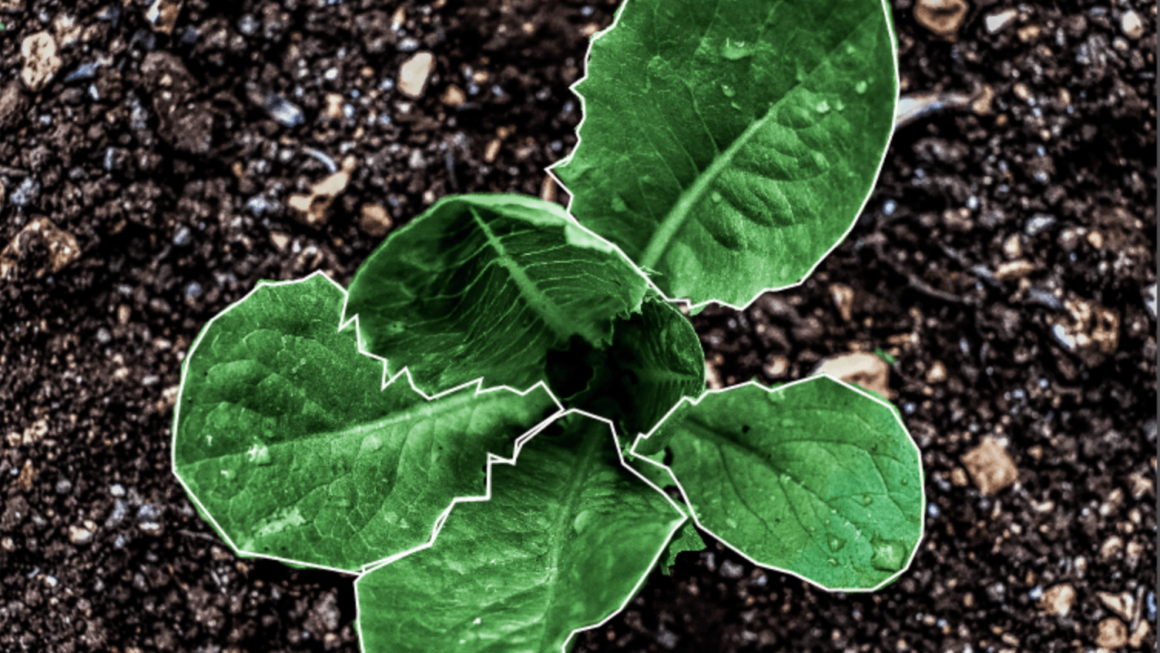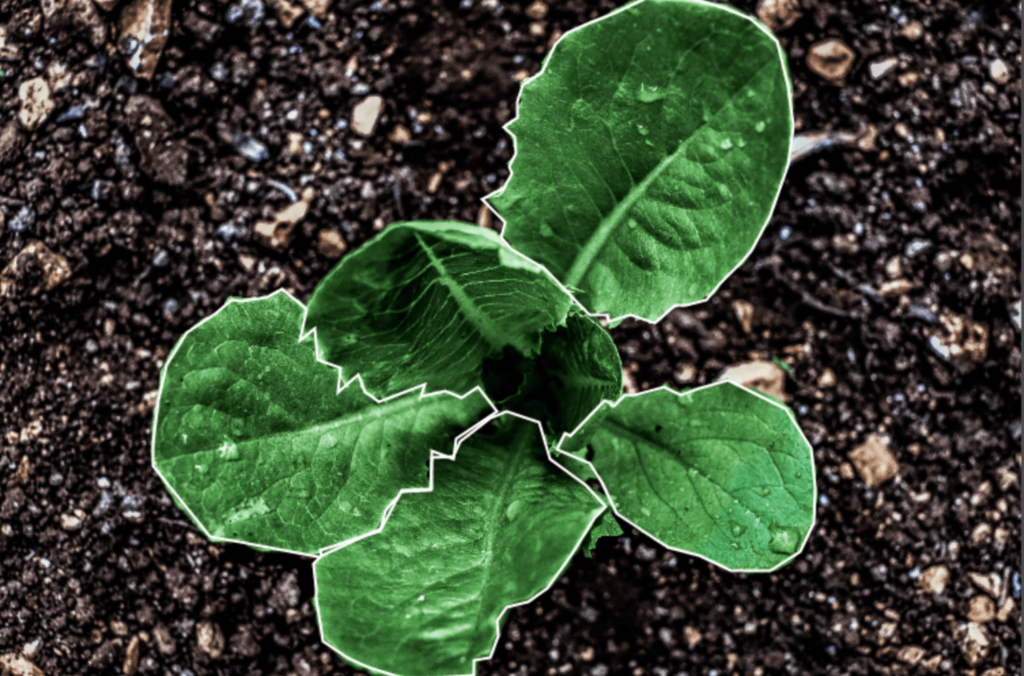
Agricultural Revolution 4.0
Technology has found its way into the backbone of the economy – Agriculture. We are now living in the age of a fourth agricultural revolution or the digital revolution. As one of the leading parameters in the Essential Eight technologies revolutionizing businesses today, artificial intelligence has its fair share in agriculture as well. From crop and livestock management, weather tracking, drone analytics, and labor management to precision agriculture, AI plays a major role in agricultural technology.

But why the sudden spike?
Now more than ever, there is a need for increased efficiency and more productivity in the agricultural sector. Feeding nine billion people in 2050 seems quite challenging. The demand for food is increasing at an alarming rate and the supply curve does not seem to catch up. Across the globe, this gap between demand and supply in the agricultural sector is widening and various attempts are being made to bridge it. The problems faced individually by farmers are multiplied leading to an overall dearth. While technology has been a boon to humanity in several cases, this has to be one other. Companies are now developing new technologies that allow farmers to control each variable in the farming process to help them increase their yield by finding customized solutions to each crop or farmland.
What the future of Agriculture looks like:

Farmland Monitoring Made Easy: Satellite Imagery paired with Drone Analytics will allow algorithms to identify anomalies in each crop, ensuring that the farmer knows exactly which crop needs what kind of treatment. This field of aggrotech/agritech is also referred to as Precision Farming.

Virtual Livestock Management: Parameters like the heart rate, respiratory rate, blood levels, etc. can be monitored constantly to prevent the livestock from illnesses, and all of this can be done virtually through cameras that capture the live movement of the cattle.
One-Stop-Shop for Analyzing Data: Variables that affect farming such as weather conditions, water usage monitoring, soil conditions, and temperature management can be done under one roof thanks to advancements in technology, thereby reducing human intervention.
Overall Cost Reduction: With automated monitoring on all platforms and targeted solutions to each problem, the overall cost of production in agriculture will see a drastic reduction. Technologies like AI bots will also solve the problem of labour challenges in this sector, which is another cost-cutting factor.
Though the induction of Artificial Intelligence into one of the most primary industries in the world has its own disadvantages, at this stage, the benefits seem to take higher priority. But in order to train any algorithm to perform all the above-mentioned functions, human input is inevitable. Only after feeding large amounts of data into the algorithm and training it to understand and analyze parameters, will any technology be successful to function optimally on its own.